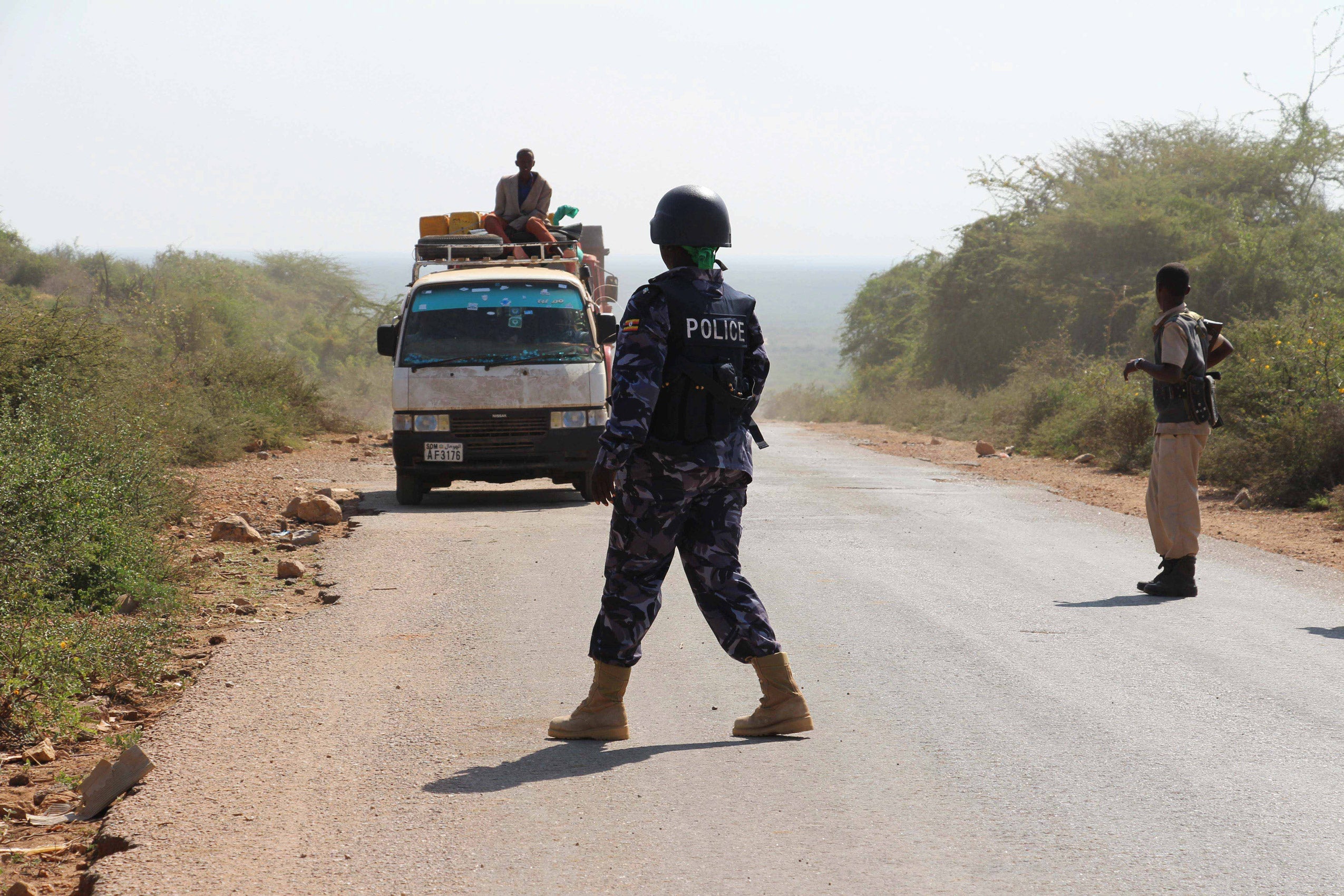The Harvard Law School Program on International Law and Armed Conflict (HLS PILAC) has released a new report titled “Indefinite War: Unsettled International Law on the End of Armed Conflict.” The report was co-authored by PILAC Senior Researcher Dustin A. Lewis; Gabriella Blum LL.M ’01 S.J.D. ’03, Rita E. Hauser Professor of Human Rights and Humanitarian Law at HLS; and Naz K. Modirzadeh ’02, professor of practice and founding director of HLS PILAC. The report is part of the program’s Goals of War and War’s End Project.
“Indefinite War” tackles the question of whether international law provides sufficient guidance to detect when contemporary wars end. According to the authors, international law, as it now stands, provides insufficient guidance to precisely discern the end of many armed conflicts as a factual matter (when has the war ended?), as a normative matter (when should the war end?), and as a legal matter (when does the international-legal framework of armed conflict cease to apply in relation to the war?). The current plurality of legal concepts of armed conflict, the sparsity of international humanitarian law (IHL) provisions that instruct the end of application, and the inconsistency among such provisions thwart uniform regulation and frustrate the formulation of a comprehensive notion of when wars can, should, and do end, say the authors.
The full report is available on the HLS PILAC website.
In a related post on Lawfare, the authors discuss their findings:
We just entered the second year of a purported “era of persistent conflict” forecasted to extend to 2028. In that context, does it really matter if we can tell that a particular war has definitively concluded? Who gets to decide, and who should decide, how to calibrate a legal test to authoritatively determine the end of armed conflict? And how much guidance does current international law—the only normative regime that purports to be universal and uniform—actually provide as to when wars terminate?
We certainly do not lack for thorny factual situations. The Report on the Legal and Policy Frameworks Guiding the United States’ Use of Military Force and Related National Security Operations (December 2016) contends, for instance, that “[g]roups like al-Qa’ida are highly unlikely to disarm and sign instruments of surrender” and that the “unconventional” hostilities against such an enemy “presumably will not come to a conventional end.” Even where a peace deal does exist, it may be threatened before the ink dries, as the startling recent surge in assassinations in Colombia shows. More broadly, many contemporary conflicts “result in unstable cease-fires, continue at a lower intensity, or are frozen by an armed intervention by outside forces or by the international community. Hostilities, or at least acts of violence with serious humanitarian consequences, often break out again later.” (Of course, the underlying concern is not a challenge for only our time. Through the stark example of the period following what is conventionally considered the end of the American Civil War, scholar Gregory P. Downs demonstrates that it was not always clear when earlier wars definitively ended either.)
We just entered the second year of a purported “era of persistent conflict” forecasted to extend to 2028. In that context, does it really matter if we can tell that a particular war has definitively concluded? Who gets to decide, and who should decide, how to calibrate a legal test to authoritatively determine the end of armed conflict? And how much guidance does current international law—the only normative regime that purports to be universal and uniform—actually provide as to when wars terminate?
Read the full post at lawfareblog.com.
